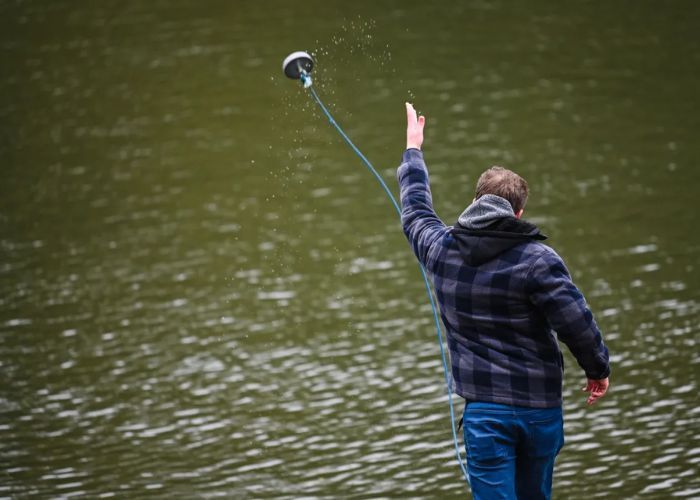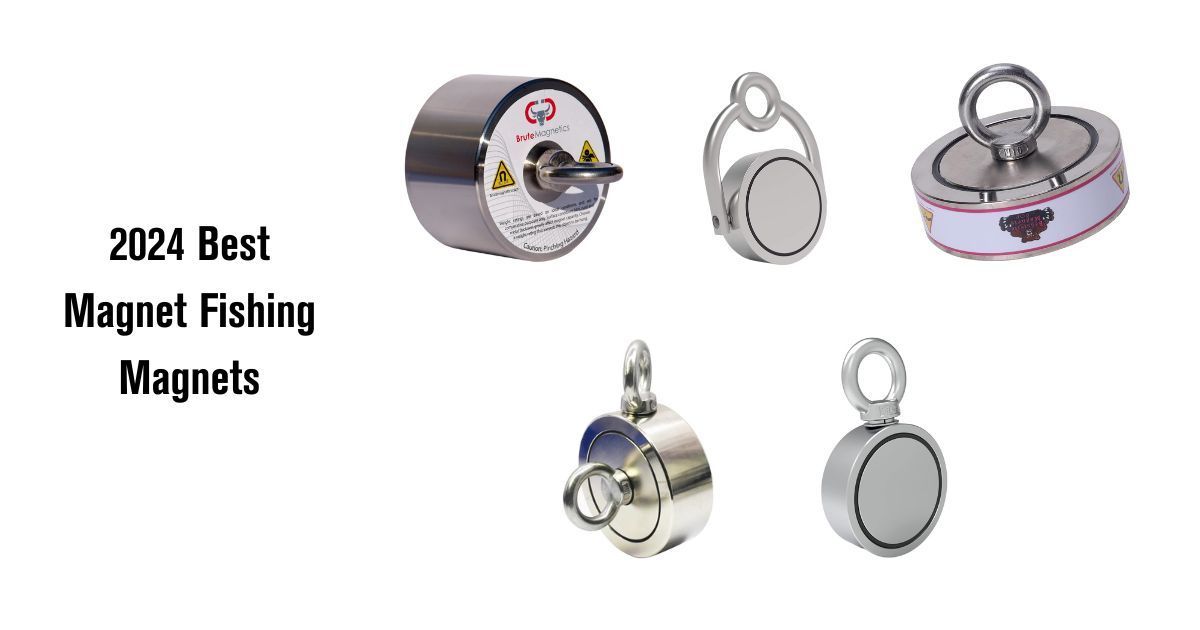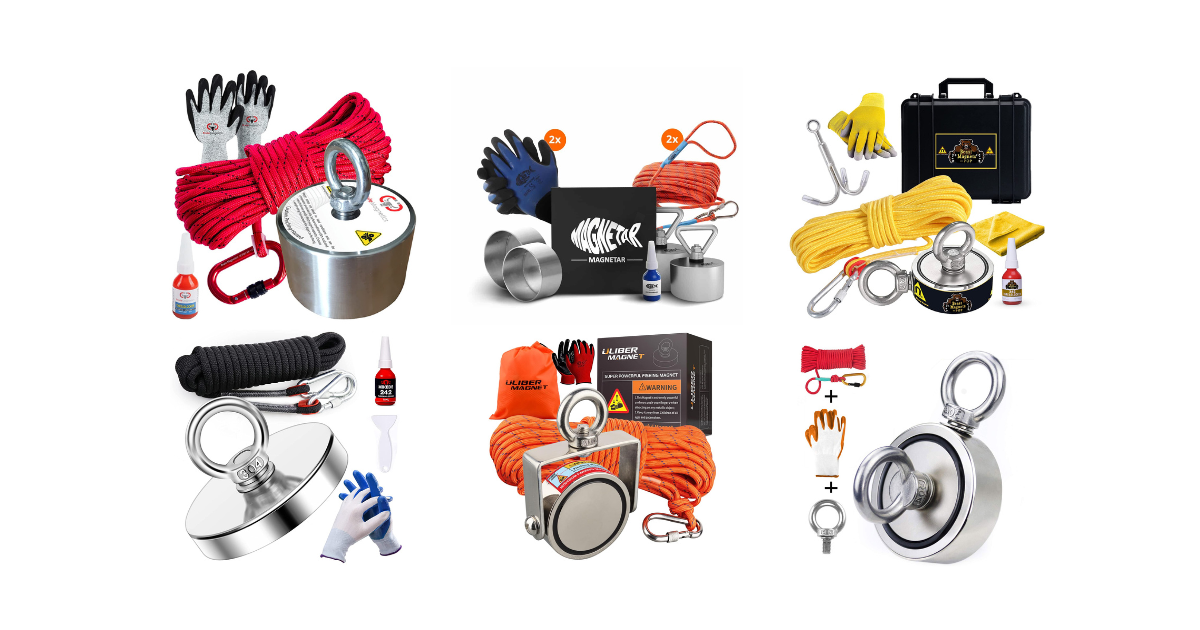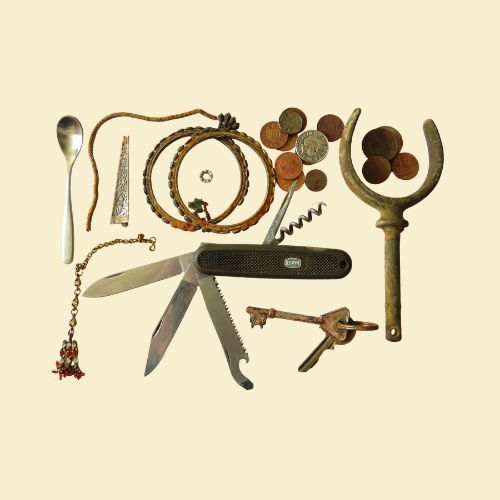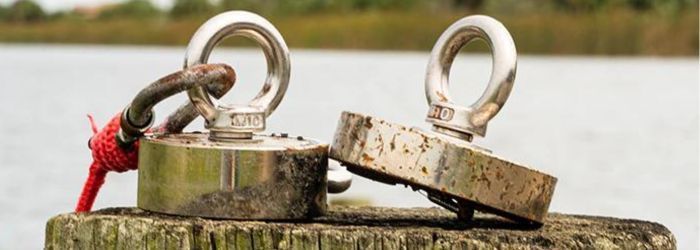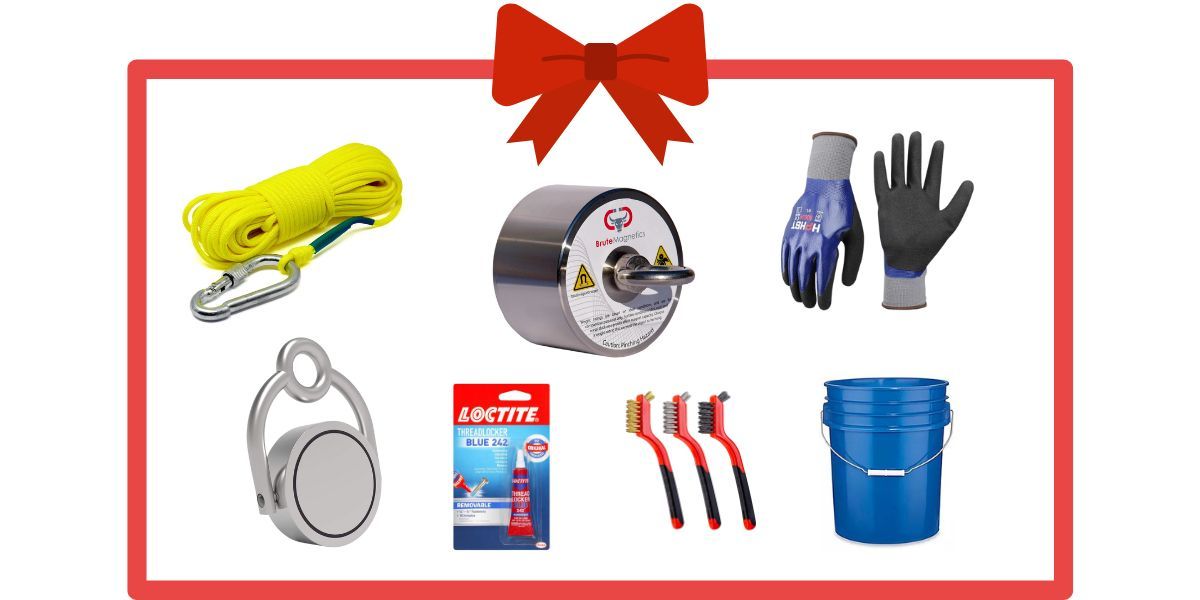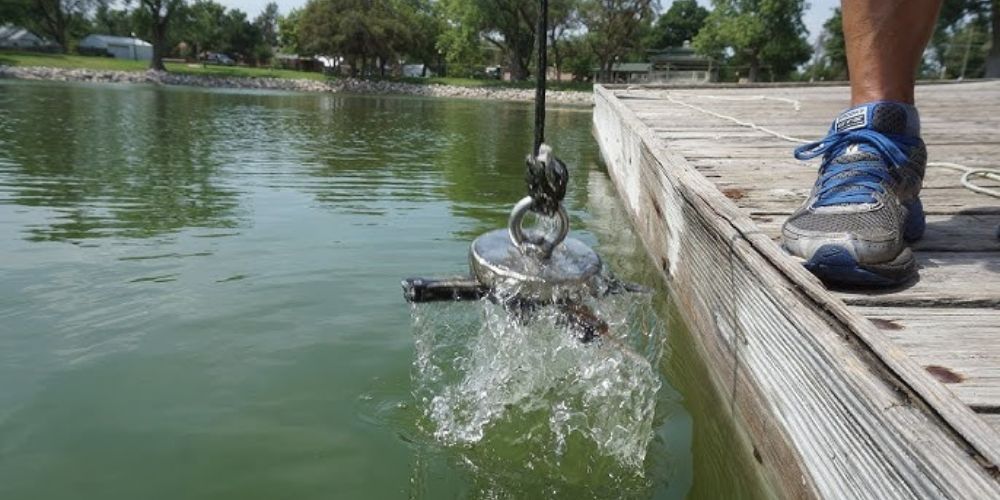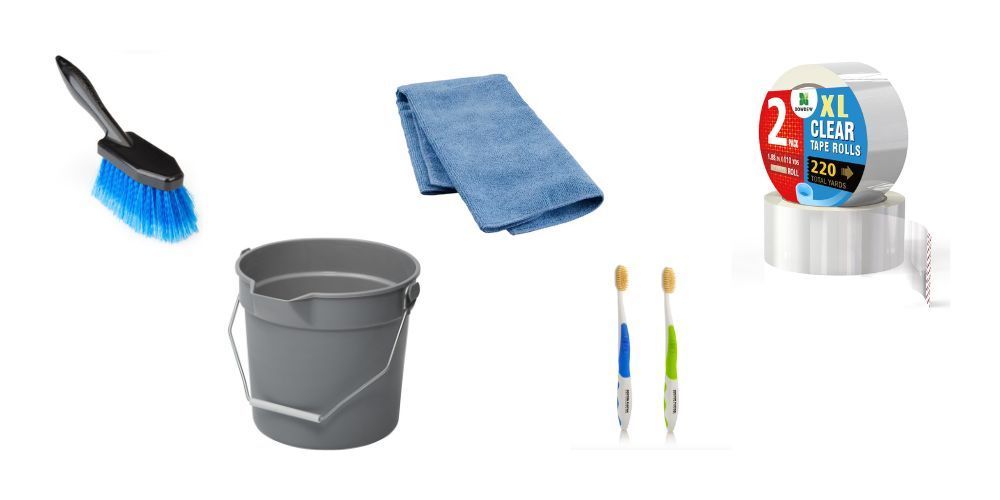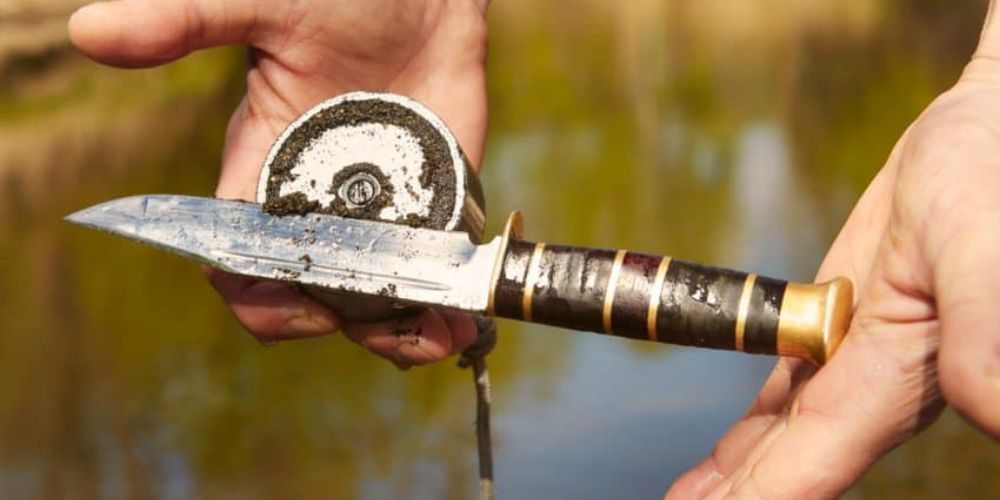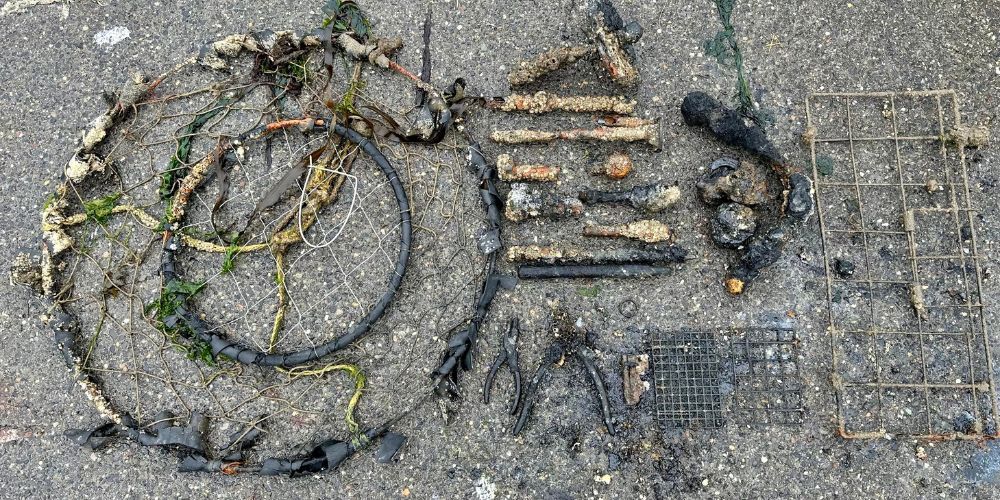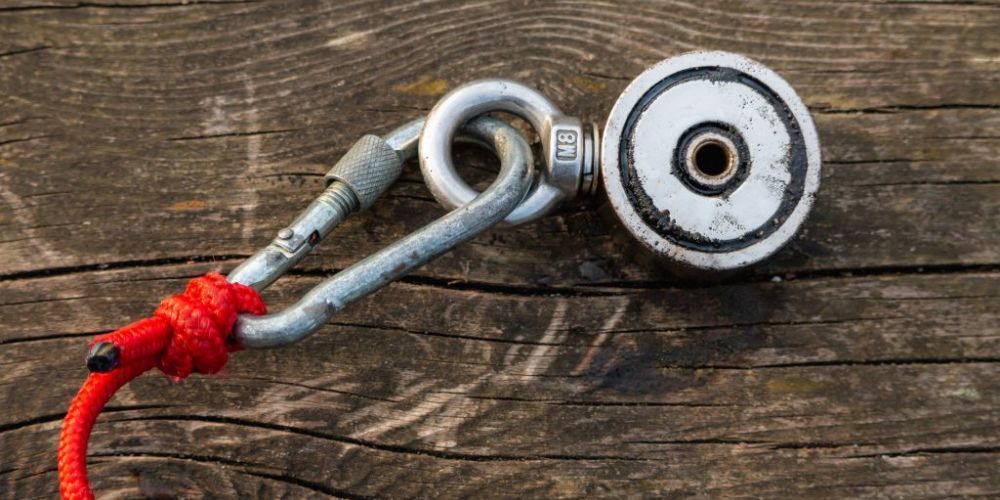The Magnet Fishing Masterclass: Techniques to Net You More Finds
From Choosing Locations to Perfecting Your Throw, Get the Scoop on Proven Strategies
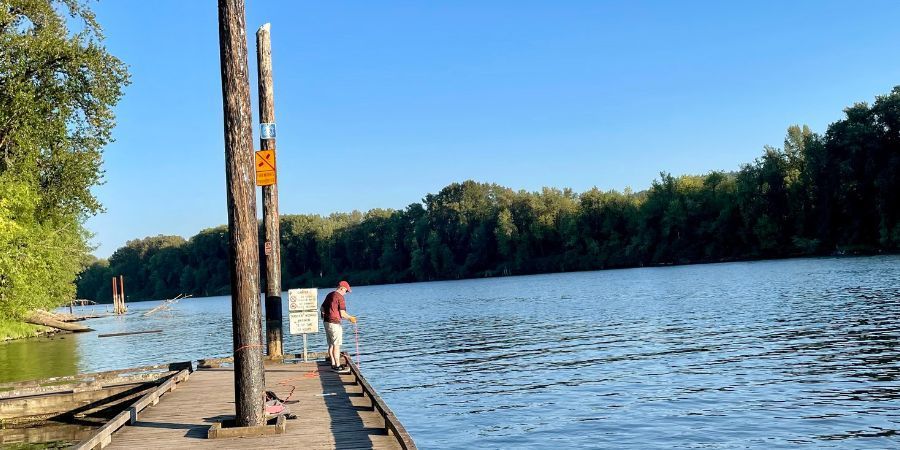
Magnet fishing, the intriguing hobby that combines the thrill of treasure hunting with the great outdoors, has enthusiasts across the globe hooked. If you're looking to join the ranks of these modern-day treasure seekers, mastering a few magnet fishing tips will set you on the path to success.
Strategic Location Scouting: The Magnet Fishing Map to Success
The adage "location, location, location" is as true for magnet fishing as it is for real estate. Focus on areas rich in history or current human activity. Frequent public spots with water access, such as parks with lakes, marinas, or under busy bridges, and your chances of a noteworthy find increase significantly. Utilize tools like Google Maps to scout for potential hotspots, switching between map and satellite views for the best intel.
Legal Know-How: Staying on the Right Side of the Law
Knowledge of local laws and environmental regulations is crucial. Ensure you're not inadvertently breaking any rules by checking with local authorities or consulting community forums. Remember, responsible magnet fishing not only protects you legally but also preserves the integrity of the sport.
History as a Guide: Enhancing Your Finds Through Research
Research the historical context of your chosen location to predict what you might uncover. Areas with industrial pasts or those that served as trade routes may yield anything from old coins to historical artifacts.
The Magnet Matters: Selecting the Right Magnet for the Job
Choosing the right magnet for your magnet fishing excursion is a decision that should not be taken lightly. The neodymium magnet, also known as a rare earth magnet, is the most preferred due to its superior magnetic strength. When selecting a magnet, pay close attention to its weight capacity, which is often listed in terms of pulling force. A magnet with a pulling force of at least 500 pounds is a solid starting point, as it ensures that you can retrieve larger objects that may be submerged.
Consider the environment in which you'll be fishing. For murky waters with limited visibility, a double-sided magnet can increase your chances of contact with hidden objects. In contrast, for targeted searches from piers or docks, a single-sided magnet may provide more control and precision. Some magnets come with a protective casing to minimize direct impact and corrosion, extending the lifespan of the magnet. Remember, the size of the magnet also affects its weight and handling, so balance strength with manageability.
Gear Up: The Magnet Fishing Essentials
Your toolkit for magnet fishing extends beyond the magnet itself. A high-quality rope is critical, one that is durable and long enough to reach the depths of your fishing sites. It should have a high tensile strength and be resistant to abrasion and UV damage. Nylon ropes are a popular choice due to their strength and elasticity, which can be forgiving when hauling up heavy finds.
The right knot can make a world of difference in securing your magnet. Learn and practice reliable knots such as the Palomar or the Bowline to ensure your magnet doesn't become another underwater relic. A sturdy carabiner adds an extra layer of security, allowing for quick and reliable attachment and detachment.
Consider your personal safety and comfort. A pair of gloves can protect your hands from sharp edges and potentially hazardous materials. For those planning to retrieve larger items, a grappling hook or pry bar can provide leverage and aid in retrieval. Lastly, a sturdy bucket or bag can be invaluable for carrying your finds and keeping the environment clean.
Technique Triumphs: The Art of the Magnet Fishing Cast
The technique of casting and retrieving the magnet is as important as the gear itself. Start by gently tossing the magnet into the water, ensuring it doesn't hit the surface too hard, which might cause it to bounce and miss potential targets. Allow the magnet to sink and settle on the bottom before you start dragging.
Use a slow, steady motion to drag the magnet across the bottom. Feel for resistance and changes in the pull of the magnet. When you feel a strong tug, it's likely that the magnet has latched onto something. At this point, it's crucial to maintain steady tension on the rope. Jerking the rope can dislodge the magnet from the object.
If you feel the magnet snag on an object, try to pull it up evenly, keeping the line as vertical as possible. If the object is too heavy or stuck, change your angle of retrieval or use a grappling hook to secure a better grip.
Patience Pays Off: The Virtue of Persistence
Magnet fishing is a game of patience. Take your time to explore different areas and methods. Each cast is a new opportunity, and each outing builds your experience.
Safety as a Priority: Ensuring a Harmless Hunt
Always prioritize safety by wearing appropriate gear and being mindful of your environment. Handle finds with caution, and never attempt to retrieve items beyond your capability.
Care for Your Tools: Magnet Maintenance
After each outing, it is vital to clean your magnet and rope. Rinse the magnet with fresh water to remove any sediment or corrosive materials, then dry it thoroughly to prevent rust. Inspect the magnet for any signs of damage or wear, as a compromised magnet could fail on your next outing.
For ropes, check for fraying or weak spots, especially near the knots. If any damage is detected, replace the rope immediately. Store your magnet and rope in a cool, dry place away from direct sunlight, as UV exposure can weaken the rope over time. If your magnet came with a protective case, use it to shield the magnet from knocks and scrapes that could chip the magnet's coating, exposing the material underneath to potential corrosion.
Community Connections: Joining Forces with Fellow Magnet Fishers
Engage with online forums and local groups to share experiences and advice. This community spirit can lead to new friendships and shared expeditions, enriching your hobby.
Joy in the Journey: Embrace the Magnet Fishing Adventure
Lastly, have fun with it! Magnet fishing is as much about the experience as it is about the finds. Enjoy the anticipation and the surprise of each catch, and celebrate your discoveries, big or small.
Embark on a magnet fishing adventure equipped with insider knowledge and expert tips to enhance your treasure-hunting success. From selecting the ideal neodymium magnet with ample pulling force to suit your environment, to assembling the essential gear—including a robust rope, secure knots, and protective gloves—every detail counts. Master the art of the magnet fishing cast with a technique that balances patience and skill, and maintain the condition of your equipment with diligent cleaning and storage practices. Whether you're navigating legal considerations or engaging with the magnet fishing community, this comprehensive guide ensures you're well-prepared to dive into the exciting world of magnet fishing and uncover the hidden wonders that await beneath the water's surface.
Author: Will Flaiz


